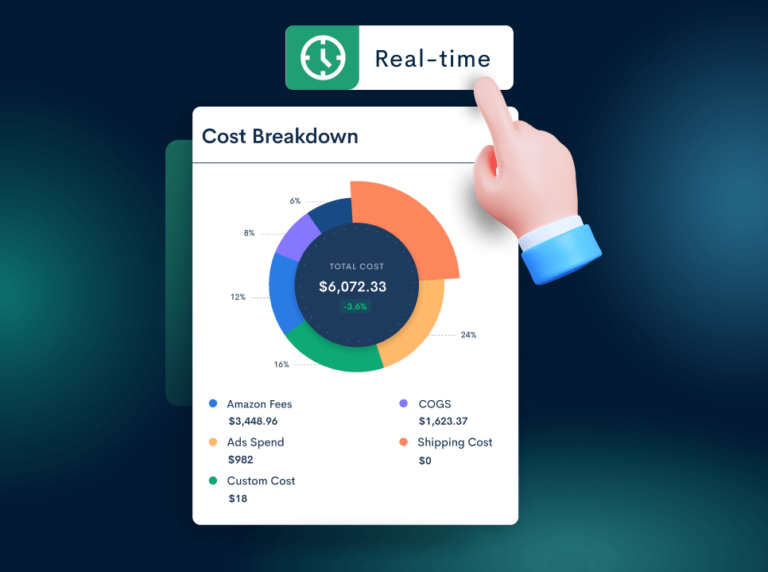Time Decay Attribution: What It Is & How to Use It [2023]
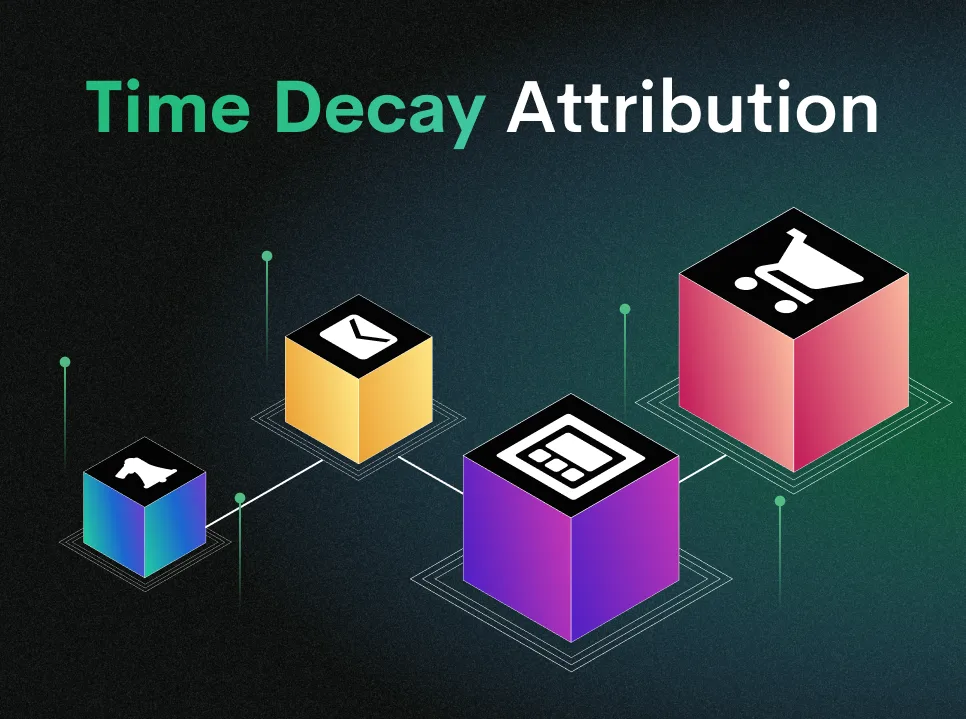
Time decay attribution is a term that you may have encountered in the field of marketing. But what does it mean and how does it work?
Unlike other attribution models that assign equal or fixed credit to marketing touchpoints, time decay attribution gives more weight to the interactions that are closer to the conversion event. This way, it reflects the recency and relevance of each touchpoint in influencing the customer’s decision.
However, time decay attribution is not perfect. It has some drawbacks and assumptions that may not suit every marketing scenario. In this blog post, we will explain the concept and the benefits of this attribution model, as well as its limitations and challenges.
If you are interested in learning more about this topic, keep reading and discover the insights of the time decay attribution model.
| 💡 Learn more: |
What Is Time Decay Attribution?
Time decay attribution is a method of analyzing customer behavior that gives more credit to touchpoints closer to the purchase time. This approach considers that customers are more likely to purchase when they have recently interacted with a product or service.
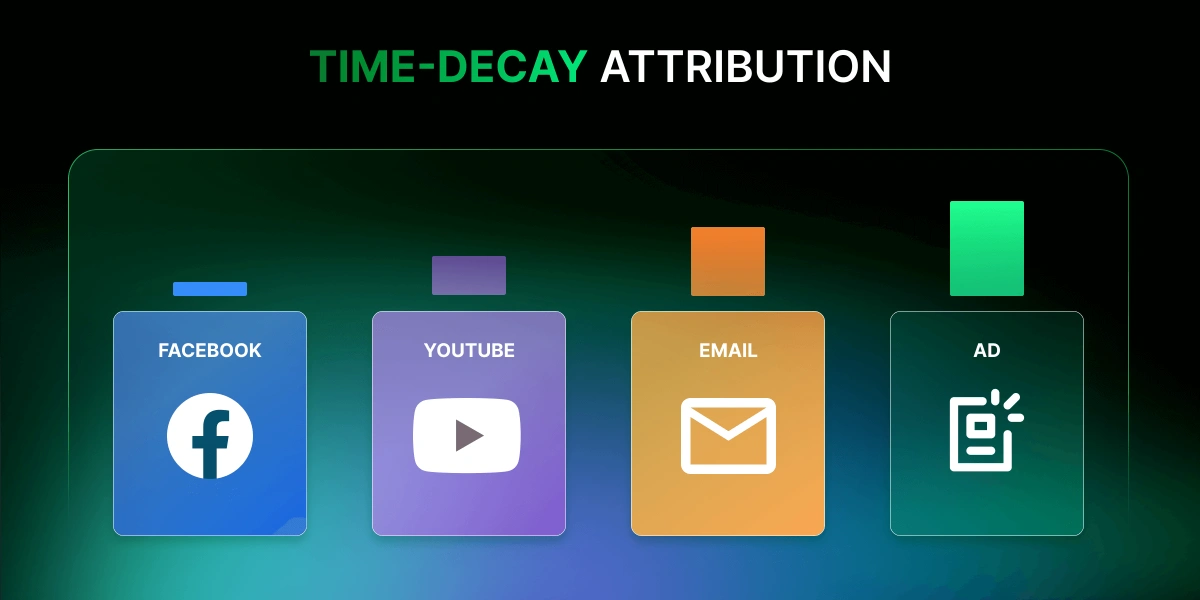
Simply put, time decay attribution is a way of measuring how much each marketing action contributed to a sale. It gives more credit to the actions that happened closer to the sale and less credit to the ones that happened earlier.
Example of time decay attribution
Let’s say a customer buys something from your brand after seeing your ads on different platforms. For example, they may see your ad on Facebook seven days before buying, click on your ad on Google three days before buying, and search for your brand on the same day they buy.
Each of these actions helps the customer move closer to buying.
- The Facebook ad may make them curious about your brand;
- The Google ad may keep them interested in your product;
- The direct search may show them that they are ready to buy.
But not all of these actions are equally important in making the sale. The action that is closest to the sale, which is the direct search, gets the most credit. The action that is farther from the sale, which is the Facebook ad, gets the least credit. And the action that is in between, which is the Google ad, gets some credit.
Calculate credits for each touchpoint in the time decay model
What is time decay attribution model?
Time decay attribution model is a method of calculating how much each marketing activity influenced a sale. It gives more credit to the activities that occurred nearer to the sale, and less credit to the ones that occurred earlier.
This way, it shows the recency and importance of each activity in affecting the customer’s choice.
To calculate the credits in this model, the goal is to determine how much credit each marketing touchpoint should get for a conversion. The idea is that the closer a touchpoint is to the conversion, the more credit it should get.
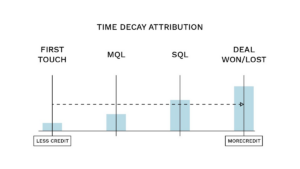
The decay function is a rule that tells us how much credit each touchpoint should get in the time decay model. The name “decay” comes from the fact that the credit decreases as we go back in time from the conversion.
The amount of credit that each touchpoint gets depends on the type of decay function that we use. There are different kinds of decay functions that give different amounts of credit to the touchpoints.
Some decay functions give a lot of credit to the touchpoints that are very close to the conversion, and very little credit to the ones that are far away. Other decay functions give more equal credit to all the touchpoints, regardless of how close or far they are from the conversion.
To understand this multi-attribution model, explore the complete and detailed benefits and drawbacks below!
The Benefits of Applying Time Decay Attribution Model
1. All touchpoints receive equal credit
The model recognizes that every touchpoint in the customer journey contributes to the final conversion. By assigning some credit to all touchpoints, it acknowledges the role of each interaction in guiding the customer toward conversion.
2. Accurate credit allocation
In today’s world, accurate credit allocation is of utmost importance to businesses. The time decay model is a revolutionary approach providing more precise credit allocation to marketing channels.
Assigning more credit to the touchpoints closer to the conversion can provide a more realistic view of their impact. This model can also give valuable insights into the customer journey.
Of course! This information can help marketers understand which touchpoints are most effective at driving conversions and optimizing marketing campaigns!
3. Identifying effective marketing channels
This model can help identify which marketing channels are most effective at driving conversions by assigning more credit to recent interactions that lead to conversions.
This insight can guide resource allocation, helping marketers invest in channels likely to yield the best results. Over time, this can improve marketing effectiveness and return on investment.
4. Accurate customer journey
Traditional attribution models often oversimplify the customer journey by giving equal credit to all touchpoints or only crediting the first or last interaction.
On the other hand, the time decay model considers the timing of each interaction, providing a more accurate representation of the customer journey.
Makes it easier for marketers to compare the performance of different campaigns or channels over time. It also adds predictability, as marketers can expect similar attribution patterns across different campaigns.
5. Flexible in application
The Time Decay Attribution Model is highly flexible, allowing customization to meet specific needs. For instance, weighing recent interactions more heavily or prioritizing particular channels can be achieved within this model.
Consider a travel company:
- To better understand the decision-making process of potential customers, it may be beneficial to provide further weight to the last interaction or channel before booking a trip.
- This is because travel decisions are often made close to the time of travel, and thus, recent interactions may hold more weight in the decision-making process.
Alternatively, for a B2B company:
- They may find giving greater weight to the first interaction or channel someone has with their company more beneficial.
- This is because the decision to conduct business with a company is often the result of several interactions over time. In this case, emphasizing the initial touchpoint with a potential customer may be more effective in the attribution model.
6. Easily integrate with other attribution models
Combining the insights from the time decay model with other data gives you a holistic picture of your marketing strategies.
For instance:
- Leverage this model to identify the most effective channels for generating immediate conversions.
- Use another attribution model, such as the Position-Based Attribution Model, to determine which channels are most effective at driving long-term conversions.
By integrating these insights, you can understand your marketing campaigns and their impact on your business. Suppose you want to improve your marketing efforts and better understand how your customers interact with your brand.
In that case, the time decay model is an excellent starting point. It is an indispensable tool for any marketer looking to take their business to the next level.
7. Easy to set up and use
Unlike other attribution models requiring complex calculations or machine learning algorithms, the time decay model is relatively straightforward to implement and use.
It doesn’t require extensive data analysis skills, making it uncomplicated for marketers of all skill levels. This ease of use can save time and resources, allowing marketers to focus more on strategy and execution.
The Drawbacks of The Time Decay Attribution Model
1. Overemphasis on recent interactions
The model assigns more credit to the touchpoints closer to the conversion. While this can provide valuable insights into which strategies are most effective at driving conversions, it may also lead to overemphasizing recent interactions.
Initial touchpoints crucial in raising awareness and sparking interest in the product or service may be undervalued. This could lead to underinvestment in strategies to attract new customers.
2. Not ideal for all business types
This model may not be the best fit for all types of businesses. For businesses with shorter sales cycles or less complex customer journeys, this model may not provide additional insights compared to simpler models like the “Last Click” or “First Click” models. In such cases, the additional complexity of the Time Decay model may not justify its use.
3. Potential for misinterpretation
For more considered purchases where customers take time to research and compare options, engagements that happen later in the customer journey might be overvalued. This could potentially lead to overinvestment in strategies aimed at closing sales while neglecting those aimed at attracting and nurturing leads.
4. Doesn’t account for interaction value
The Time Decay model assumes that all interactions are equal in value and doesn’t consider the potential varying impact of different types of interactions. The model might not accurately represent marketing effectiveness without accounting for these differences.
Conclusion
The time decay attribution model is a valuable instrument in the marketer’s toolkit, offering a detailed perspective of the customer’s journey toward conversion.
As we know, every model has its limitations. This model might place too much emphasis on recent interactions, potentially undervaluing the role of initial touchpoints in sparking interest. It might not be the perfect fit for all types of businesses, and there’s always a risk of misinterpretation.
Despite these potential drawbacks, the time decay model remains essential for marketers to understand their customers’ behavior and optimize their marketing efforts. As with any model, it’s vital to consider your specific business needs and context when selecting an attribution model.
Discover what proper profit-tracking looks like at trueprofit.io

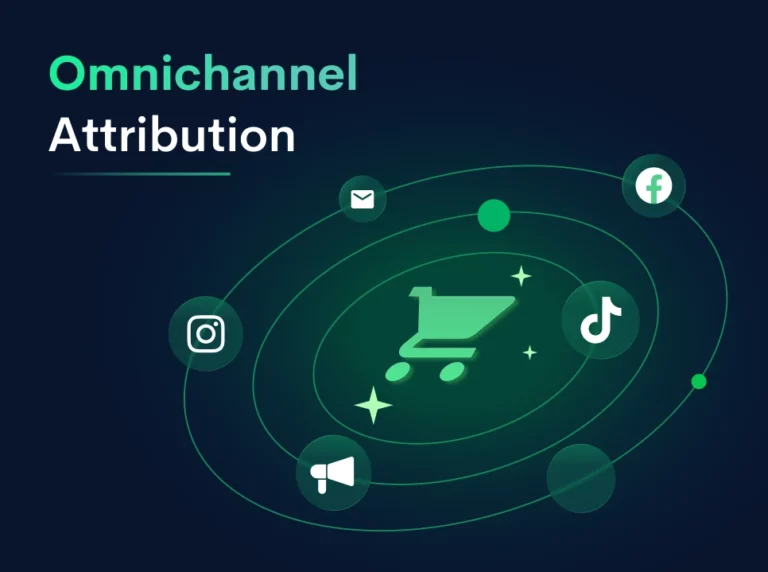
![Ultimate Guide To U Shaped Attribution Model [+Example]](https://trueprofit.io/wp-content/uploads/2023/09/U-Shaped-Attribution-Model-768x572.webp)
